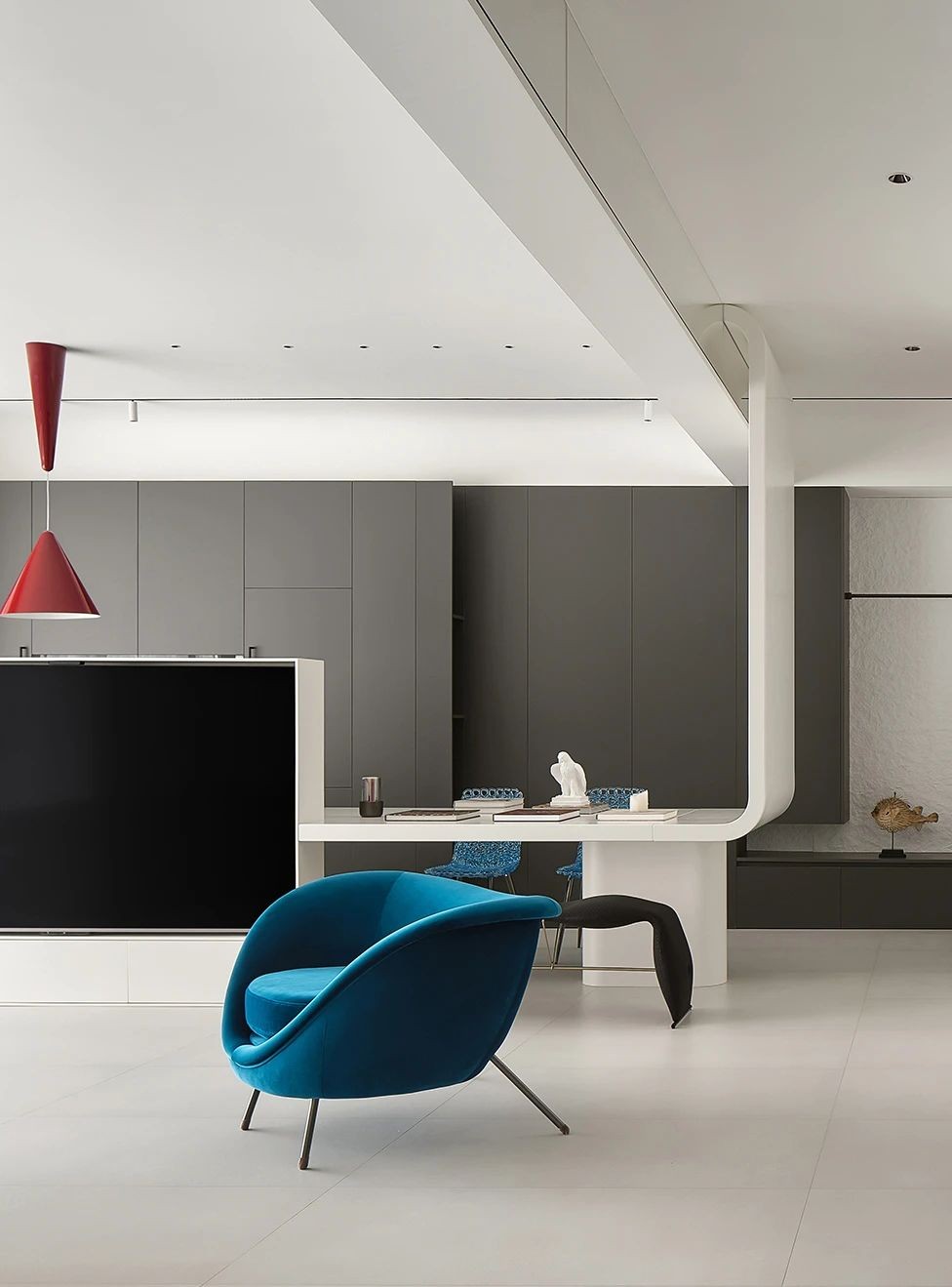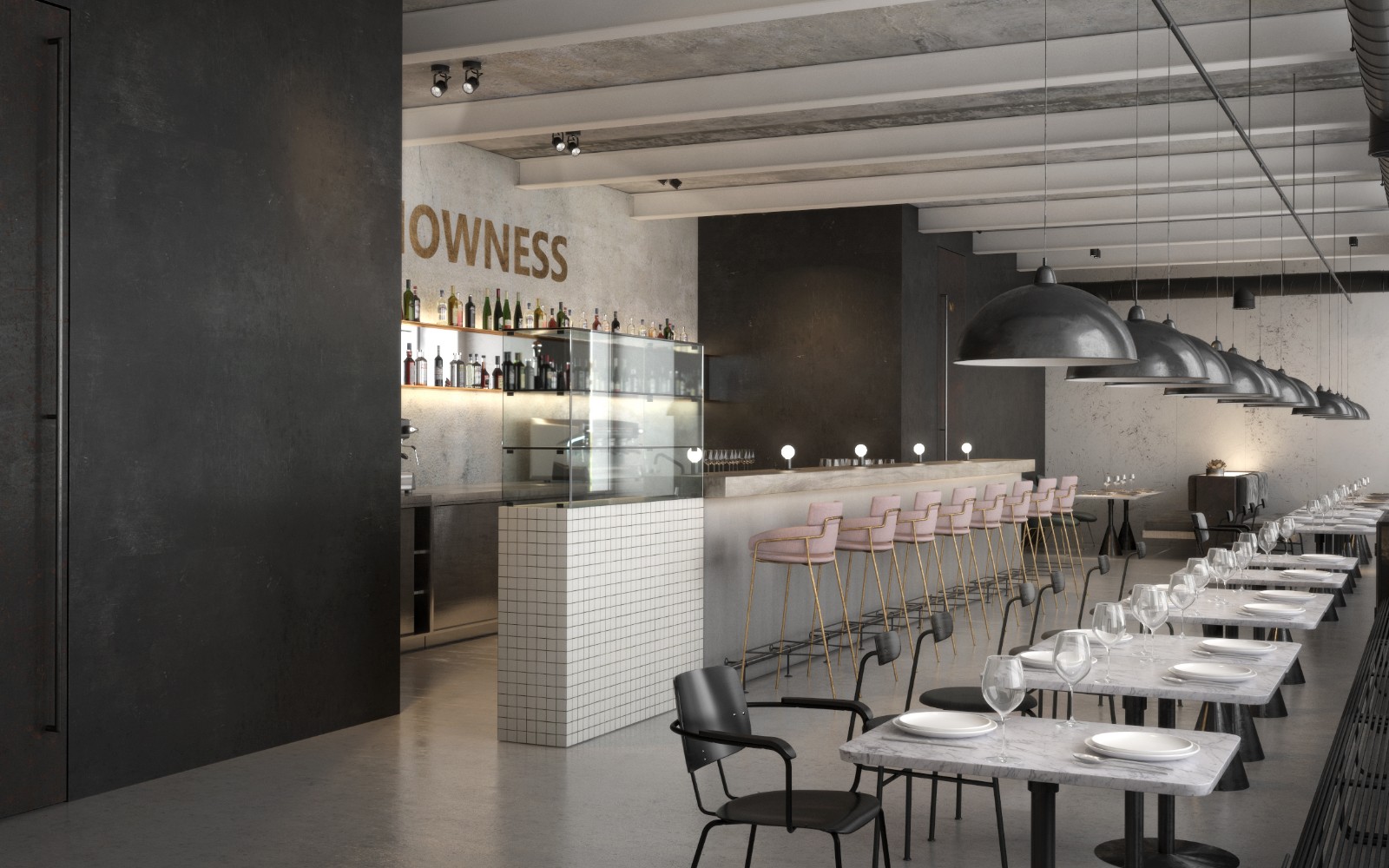Island Dwelling ONeill Architecture
2015-02-09 01:00
© Philip Lauterbach
菲利普·劳特巴赫


架构师提供的文本描述。这个岛的概念居住在阿兰群岛,公司。高威,我们发展的设计从简单的景观,工作与给定的轮廓,太阳方向,并参考传统的设计。位于上层的起居区可以看到莫赫尔悬崖的壮观景色。它与一个露台相连,这个露台的方向是制造一个遮阳器,从凌晨到傍晚,太阳光线都被上面的悬崖遮住了。房子的一部分遮挡了道路上的风景,创造了私人的、有遮蔽的室外空间。幸运的是,这座悬崖在盛行的西风中起到了风停的作用,确保了在大多数天气条件下,这个户外露台得到了很好的利用。
Text description provided by the architects. CONCEPT For this Island Dwelling on the Aran Islands, Co. Galway, we developed the designs from the simplicity of the landscape; working with the given contours, solar orientation and making reference to traditional design. The living area located on the upper level allows spectacular views of the Cliffs of Moher. It is connected to a terrace which is so orientated as to create a sun-trap and catch the sun from late morning until the last of the evening sun rays are obscured by the above lying escarpment. The views from the road are shielded by part of the house, creating the private and sheltered outdoor space. Fortunately the escarpment acts as a wind break for the prevailing westerly winds ensuring great use of this outdoor terrace in most weather conditions.
© Philip Lauterbach
菲利普·劳特巴赫


可持续性设计-与土地一起工作!房子位于场地的北端,将花园的最大面积放在房子的南侧,这也是最佳景观的方向。这所房子的正门在较低的层,有两间双卧室。一个楼梯,沿着山坡,通向生活水平,包括开放式厨房、餐厅和休息区以及第三卧室/书房。
SUSTAINABILITY IN DESIGN – working with the land! The house is located towards the north end of the site to place the maximum area of garden on the south side of the house which is also the direction of the finest views. The main entrance to the house is on the lower level with the two double bedrooms. A staircase, following the slope of the hill, leads upwards to the living level containing an open-plan kitchen, dining and lounge area and third bedroom / study.
© Philip Lauterbach
菲利普·劳特巴赫


在这座104平方米的主楼后面,有一个30平方米的工作室空间,有自己的浴室和私人户外露台。这一设计遵循土地的轮廓,同时从北方创造一个高度,这是典型的乡村传统设计。
Behind the main house of 104 square meters, accessed via the stairs landing, is a studio space of 30sqm with its own bathroom and private outdoor terrace. This design follows the contours of the land and at the same time creates an elevation from the north which is typical of rural traditional design.
© Philip Lauterbach
菲利普·劳特巴赫


花园里的一些石墙已被拆除。这使得两个农田被关闭,用于农业用途,如动物放牧,而房子周围的土地可用于家庭和观赏园艺用途。停车场放置在场地的北端,以免侵入这美丽景观中的房屋设置。
In the garden some stone walls have been relocated. This allows two fields to be closed off and used for agricultural purposes such animal grazing, while the land surrounding the house can be used for domestic and ornamental gardening purposes. The car parking is placed to the north end of the site as not to intrude on the setting of the house in this beautiful landscape.


在本项目的材料可持续性方面,我们用一种特殊的蜂窝结构粘土砌块建造了这座住宅。粘土自然是一种很好的材料,在调节湿度,吸收和释放水分容易。粘土砌块的工作方式是“透气”,即能够将水分从内部传递到外部,从而消除了在无处不在的混凝土砌块墙中使用空腔的需要。虽然是一个生态可持续的产品,它提供优良的隔热和隔音,呼吸健康的生活环境,持久的气密性和快速建设。鉴于岛屿环境的高水分含量,该产品是理想的。
SUSTAINABILITY IN MATERIALS In this project we constructed the dwelling with a special honeycomb structure clay masonry building blocks. Clay is naturally a very good material at regulating humidity, absorbing and releasing moisture readily. The clay blocks work by being ‘breathable’, i.e. being able to transfer moisture from inside to outside, thus eliminating the need for the cavity used in ubiquitous concrete block walls. Whilst being an ecologically sustainable product it provides excellent thermal and sound insulation, breathable healthy living environments, long-lasting airtightness and fast construction. Given the high moisture content of the Island environment this product is ideal.
© Philip Lauterbach
菲利普·劳特巴赫




































Architects O'Neill Architecture
Location Inisheer, Ireland
Category Houses
Architect in Charge Patti O'Neill
Project Year 2013
Photographs Philip Lauterbach
























